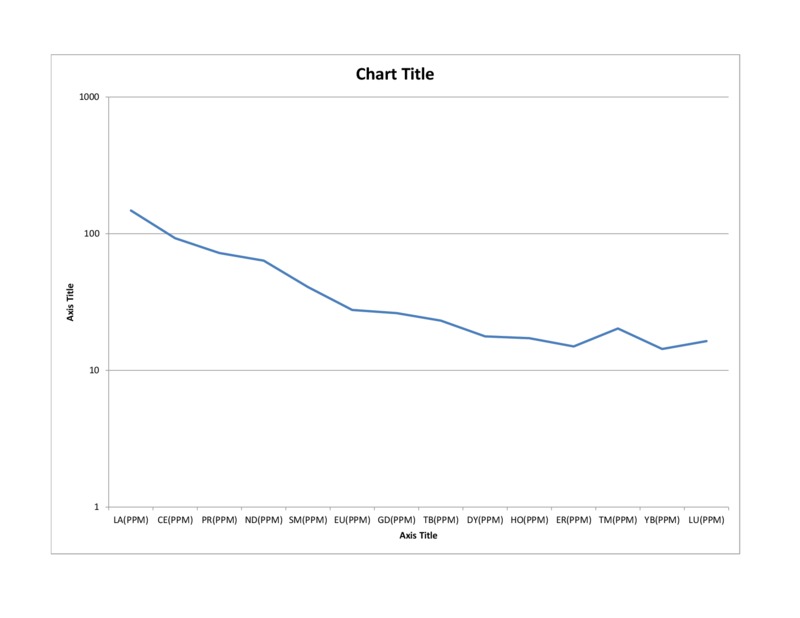Convergent magma generation - Claire, Hana, Ryan
Item
-
Title
-
Convergent magma generation - Claire, Hana, Ryan
-
Description
-
Magma is generated in a similar fashion at all three convergent margin localities. At the Andean Arc and the Trans-Mexican Volcanic Belt magma is generated because the subducting slabs begin to dehydrate and release water into the surrounding mantle rocks. This addition of water lowers the melting temperature of the mantle and allows for melting to take place. However, in the Trans-Mexican Volcanic Belt decompression melting also occurs. The melt at continental subduction zone arcs produces rhyolitic or andesitic rocks. Rhyolite and andesite are produced because as the magma works its way through the mantle and crust it fractionally crystallizes. This helps to remove some of the mafic minerals. Also, as the melt moves through the granitic continental crust, some of the crust is assimilated into the melt. Both of these processes help to make the magma more felsic. The Solomon Islands were created through subduction as well, however, the Solomon Islands are an island arc, not a continental arc. This means that they were created on an overriding oceanic plate, not a continental plate. Since the magma that created the arc did not have to travel through continental crust, it was unable to assimilate more felsic magma into its composition, therefore at the rocks are more mafic than rocks at the Andean Arc or Trans-Mexican Volcanic Belt. Rocks from the Solomon Islands are high in sodic and alkaline minerals.
Picture from
Winter, J. D. (n.d.). Igneous and Metamorphic Petrology Class Material.
Retrieved May 6, 2015, from https://www.whitman.edu/geology/winter/
JDW_PetClass.htm
-
Creator
-
Claire Kojaian
-
Mediator
-
Tamara Carley
carleyt@lafayette.edu

